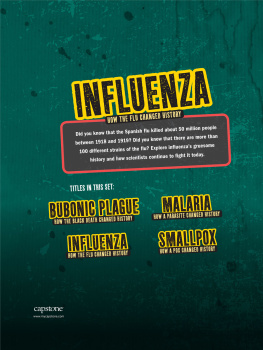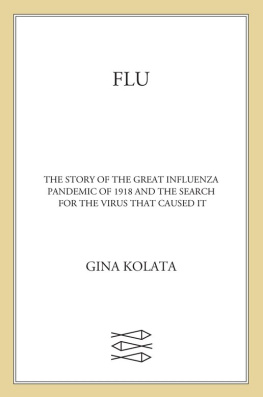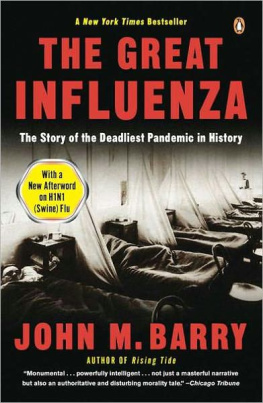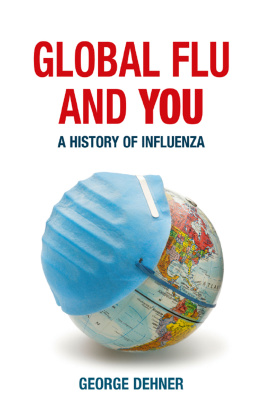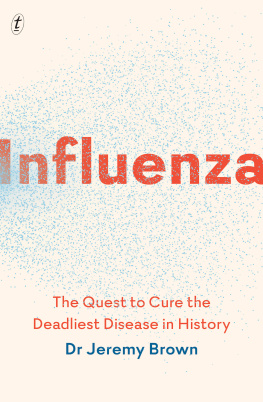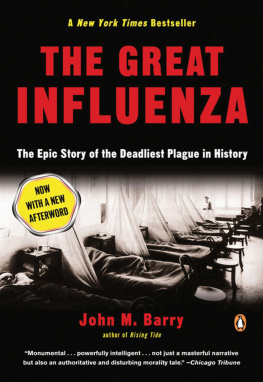Carol R Byerly - Fever of War: The Influenza Epidemic in the U.S. Army During World War I
Here you can read online Carol R Byerly - Fever of War: The Influenza Epidemic in the U.S. Army During World War I full text of the book (entire story) in english for free. Download pdf and epub, get meaning, cover and reviews about this ebook. year: 2005, publisher: NYU Press, genre: Science. Description of the work, (preface) as well as reviews are available. Best literature library LitArk.com created for fans of good reading and offers a wide selection of genres:
Romance novel
Science fiction
Adventure
Detective
Science
History
Home and family
Prose
Art
Politics
Computer
Non-fiction
Religion
Business
Children
Humor
Choose a favorite category and find really read worthwhile books. Enjoy immersion in the world of imagination, feel the emotions of the characters or learn something new for yourself, make an fascinating discovery.

- Book:Fever of War: The Influenza Epidemic in the U.S. Army During World War I
- Author:
- Publisher:NYU Press
- Genre:
- Year:2005
- Rating:3 / 5
- Favourites:Add to favourites
- Your mark:
Fever of War: The Influenza Epidemic in the U.S. Army During World War I: summary, description and annotation
We offer to read an annotation, description, summary or preface (depends on what the author of the book "Fever of War: The Influenza Epidemic in the U.S. Army During World War I" wrote himself). If you haven't found the necessary information about the book — write in the comments, we will try to find it.
The influenza epidemic of 1918 killed more people in one year than the Great War killed in four, sickening at least one quarter of the worlds population. In Fever of War, Carol R. Byerly uncovers the startling impact of the 1918 influenza epidemic on the American army, its medical officers, and their profession, a story which has long been silenced. Through medical officers memoirs and diaries, official reports, scientific articles, and other original sources, Byerly tells a grave tale about the limits of modern medicine and warfare.
The tragedy begins with overly confident medical officers who, armed with new knowledge and technologies of modern medicine, had an inflated sense of their ability to control disease. The conditions of trench warfare on the Western Front soon outflanked medical knowledge by creating an environment where the influenza virus could mutate to a lethal strain. This new flu virus soon left medical officers confidence in tatters as thousands of soldiers and trainees died under their care. They also were unable to convince the War Department to reduce the crowding of troops aboard ships and in barracks which were providing ideal environments for the epidemic to thrive. After the war, and given their helplessness to control influenza, many medical officers and military leaders began to downplay the epidemic as a significant event for the U. S. army, in effect erasing this dramatic story from the American historical memory.
Carol R Byerly: author's other books
Who wrote Fever of War: The Influenza Epidemic in the U.S. Army During World War I? Find out the surname, the name of the author of the book and a list of all author's works by series.

